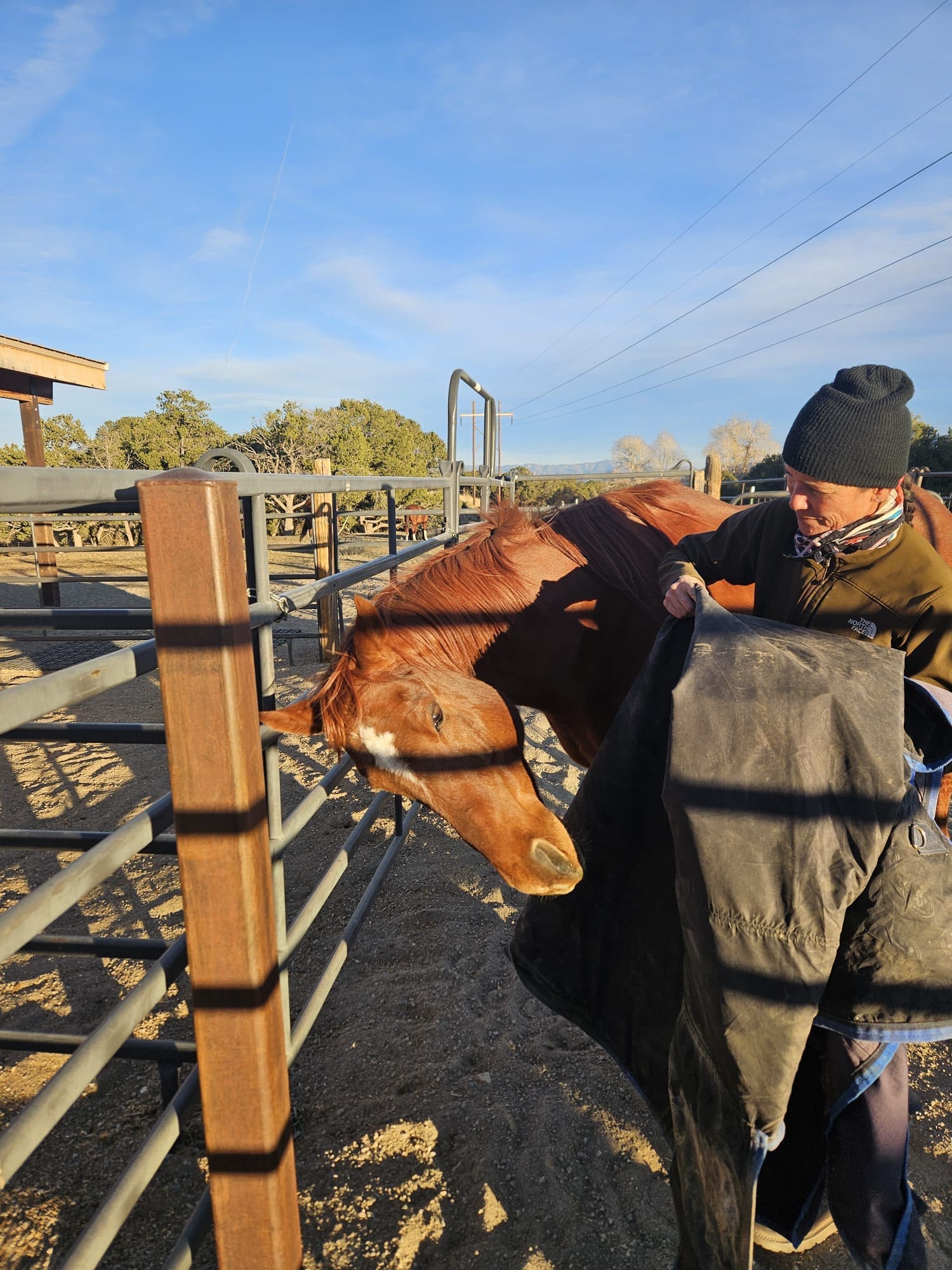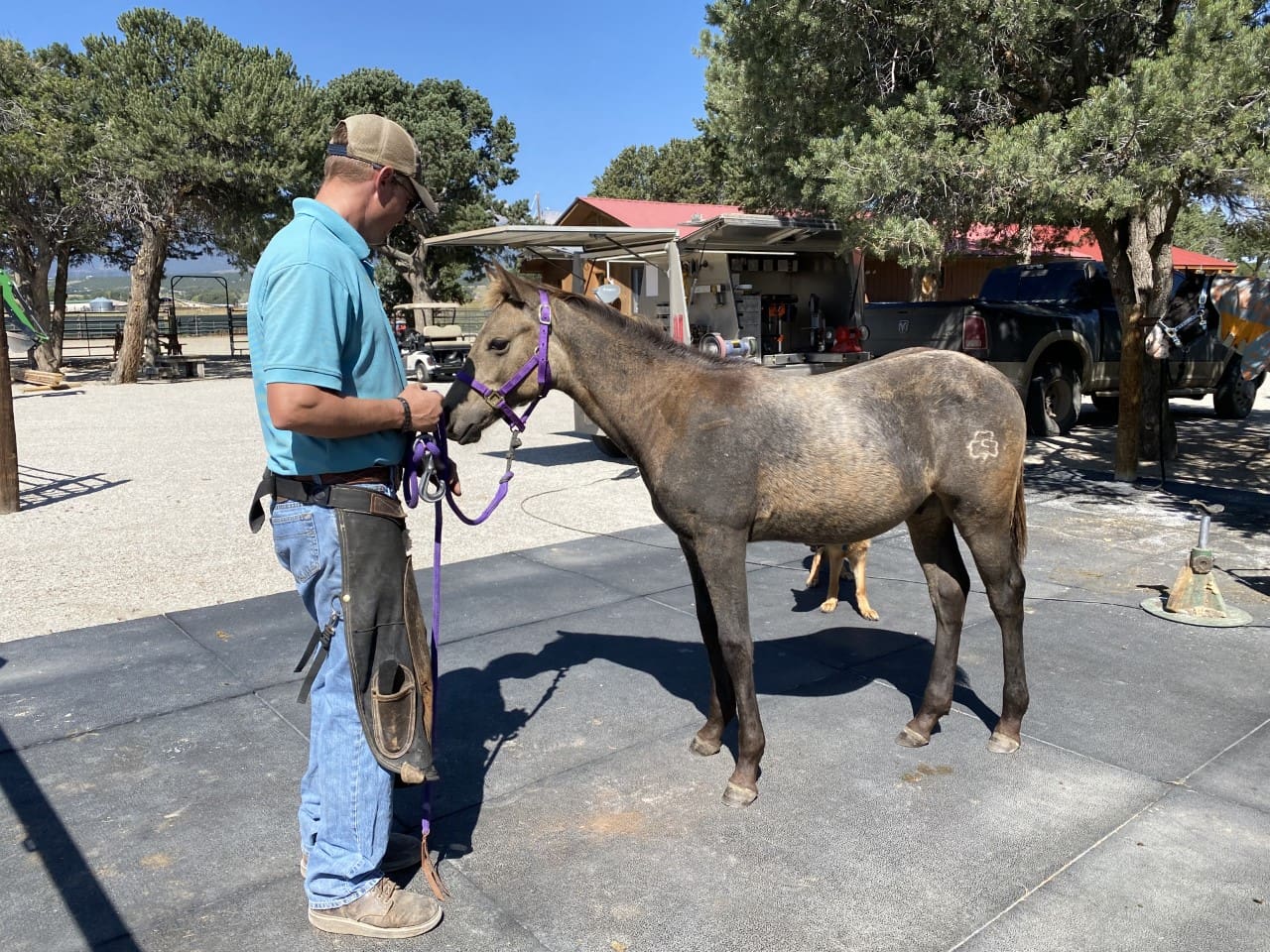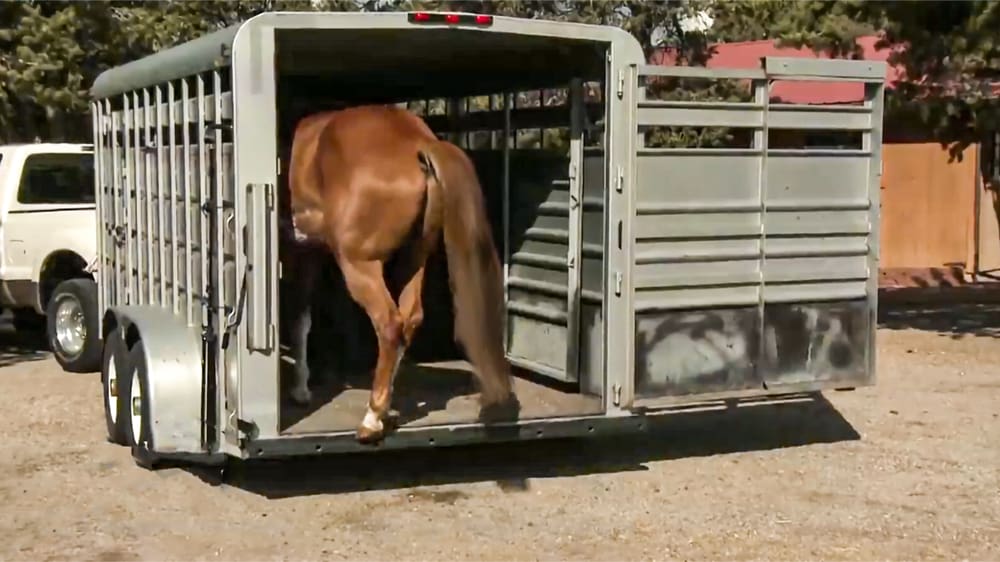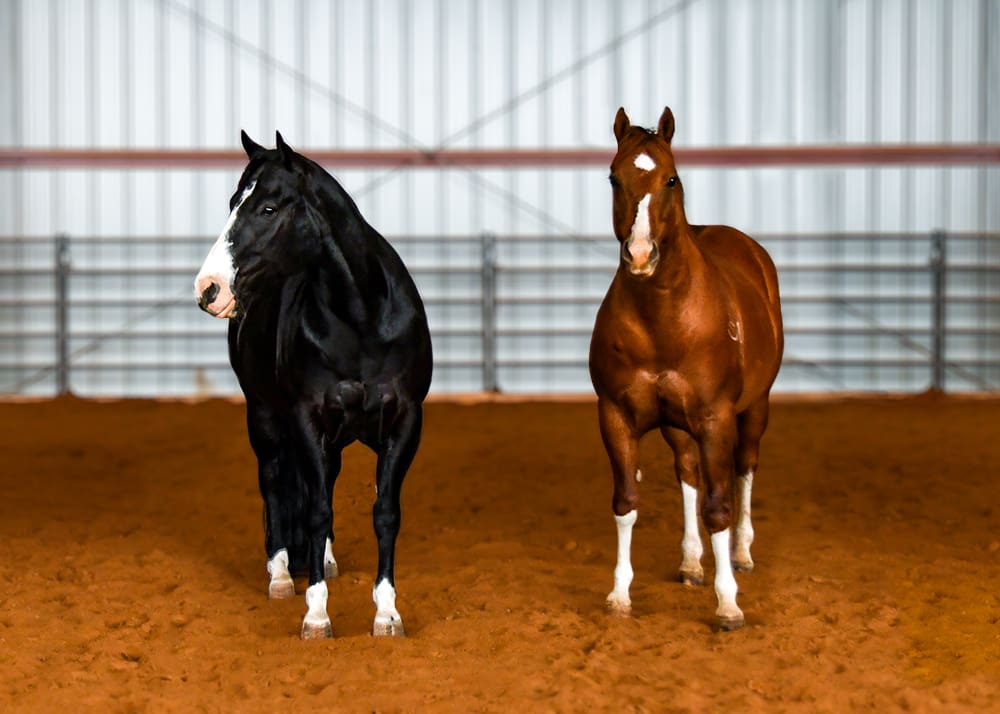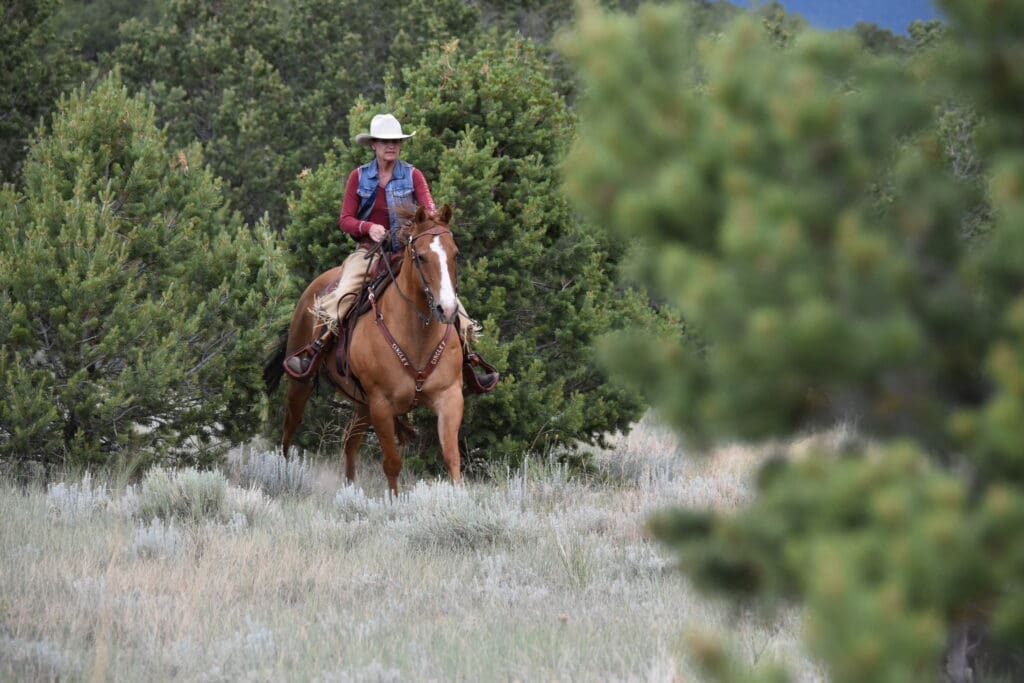
Setting goals gives riders the confidence to succeed.
Listen to the audio version click here
Planning & Goal Setting: Your Roadmap to Confidence
As the seasons change and a fresh wave of enthusiasm sweeps through the barn, it’s a perfect time to talk about something near and dear to my heart: setting goals and making a plan to achieve them.
For years, I’ve been sharing my insights on horsemanship, helping riders like you build better relationships with your horses and reach your full potential in the saddle. And one of the most powerful tools I’ve found in this journey is the simple yet profound act of setting goals.
You see, horsemanship is a journey, not a destination. It’s a continuous process of learning, growing, and refining your skills alongside your equine partner. But without a clear direction, it’s easy to feel lost, to get discouraged by setbacks, or simply to plateau without ever truly realizing your dreams.
That’s where goal setting comes in. Think of it as drawing a map for your horsemanship journey. It helps you define where you want to go, identify the steps you need to take to get there, and provides the motivation to keep moving forward, even when the trail gets a little rocky.
Why are goals so crucial? Well, for starters, having a horsemanship goal to work toward acts as a powerful motivator. It gives you a reason to head to the barn, to dedicate time to practice, and to push beyond your current comfort zone. It helps you develop a training plan, not just for your horse, but for yourself as well. You begin to actively think about what skills both you and your horse need to improve.
This process naturally leads to breaking down your big aspirations into smaller, more manageable steps. That grand dream of cantering confidently across a field, or perhaps competing in your first local show, can feel overwhelming when it’s just a vague idea in your head. But when you start to break it down – perhaps your first step is to consistently trot a small circle in the arena, then to maintain that trot for a longer period, and then to introduce short canter transitions – suddenly, that big dream feels much more attainable.
Now, I know some of you might be thinking, “Julie, I have big dreams, but they feel so far away.” And that’s okay! As a renowned ocean explorer once said, “If you tell someone your dreams, and they don’t laugh, you aren’t dreaming big enough.” Don’t be afraid to set those lofty goals for yourself. Want to complete a long-distance trail ride? Dream of mastering flying lead changes? Aspire to build such a deep connection with your horse that you feel like one? These are fantastic aspirations!
However, it’s important to understand the difference between dreams and goals. While your dreams provide the inspiration, your goals are the concrete steps you take to turn those dreams into reality. So, don’t be afraid to set a lofty goal, but be prepared to scale it back or lengthen the time frame if needed. The key is to keep moving forward.
To reach that ultimate goal, you’ll likely need to set many sub-goals along the way. Think of it like climbing a staircase – each small step brings you closer to the top. Once your end goals are set, you can then develop a timeline to accomplish these smaller steps.
I highly recommend planning 6-12 months in advance. This gives you ample time to not only improve your horse’s and your own fitness, but also to hone new skills. And it’s not just about the big, obvious skills like lead changes or jumping. Planning well ahead allows time to practice those softer skills that are equally important, like trailering your horse, being comfortable around unknown horses, and maintaining your composure in unfamiliar arenas.
Whatever your end goal may be, breaking it down into smaller components will allow you to chart the specific skills that you and your horse need to develop. For instance, if your goal is to complete an entry-level dressage test, you can break that down into sub-goals like perfecting walk-trot-walk transitions, achieving a sustained collected trot, understanding trot diagonals, memorizing the test pattern, and yes, even building the confidence to perform away from home.
Now, here’s the really exciting part: setting attainable yet aspirational goals, planning a timeline for action, breaking down the big picture into small steps, assessing the skills of both horse and rider, developing a training progression, and committing your time and energy to it – all of this can’t help but give you greater confidence in your horse and yourself.
Think about it. With each week that goes by, with every milestone you check off your list, you’re building a foundation of achievement. Each sub-goal you accomplish is a victory to be celebrated. A concrete plan gives you direction and purpose, and purpose leads to courage.
For many riders, building or regaining confidence is the number-one priority. Perhaps you’re a novice rider feeling anxious about controlling your horse. Maybe you’ve had a fall and are now facing a fear memory. Or perhaps you simply find yourself paralyzed by self-doubt. In any of these situations, having a well-thought-out plan can be a game-changer.
A plan helps you focus on what you can control. It breaks down the overwhelming feeling of fear into smaller, more manageable challenges. By setting achievable goals and gradually expanding your comfort zone, you start to build a positive cycle of success and increasing confidence.
There are many valuable and effective techniques for building confidence with horses, and setting goals, having a plan, and working towards it methodically, in small steps, should be a huge part of any confidence-building plan.
Remember that fear is a natural emotion. But it doesn’t have to control you. By having a plan of action, you keep your mind focused and prevent it from being polluted with negative thoughts of “what if”.
Life, of course, happens. There will be times when your plans need to pivot due to unforeseen circumstances. Perhaps your horse experiences a physical limitation. Maybe you discover skill limitations for yourself or your horse. Or sometimes, logistical breakdowns simply occur. When these situations arise, it’s important to be flexible and reformulate your goals. Having experience with goal setting will make this process easier the next time around.
It’s also crucial to remember that your horsemanship goals should consider both the horse and the rider. Setting goals that are at odds with your horse’s capabilities will only lead to frustration for both of you. Sometimes, this might mean adjusting your goals, and in rare cases, it might even mean considering a different equine partner. The goal is to create a positive and progressive partnership.
Furthermore, don’t underestimate the power of knowledge and skill in building confidence. As you work towards your goals, make a point to improve your riding skills and increase your intellectual knowledge of horsemanship. Study classical riding theory, learn about horse behavior, and understand different training methods. The more you learn and the more you practice, the more capable and confident you will feel.
And finally, remember that you’re not alone on this journey. Surround yourself with people who are supportive of your goals. Seek out a good riding instructor who can provide guidance and encouragement. Share your plans with friends and fellow riders who can offer positive feedback and help you celebrate your successes. My Interactive Academy offers a progressive curriculum to increase your knowledge and skills, plus it includes personalized coaching from me.
To help you get started on this path of purposeful progress, I’ve created a “Horsemanship Goals or Bust” worksheet. It’s a great place to begin brainstorming your aspirations and breaking them down into actionable steps. Think about what you truly want to achieve with your horse. What brings you joy? What challenges do you want to overcome?
Take some time this week to reflect on your horsemanship dreams. Then, pick one or two that you want to actively work towards. Start breaking them down into smaller, achievable goals. Set a realistic timeline and commit to it. And most importantly, take that first step.
Remember, the journey of a thousand miles begins with a single step. By embracing the power of planning and goal setting, you’re not just improving your horsemanship – you’re building your confidence, strengthening your bond with your horse, and making those dreams you’ve held onto for so long feel truly attainable.
Happy planning, everyone!
Enjoy the ride,
Julie Goodnight
